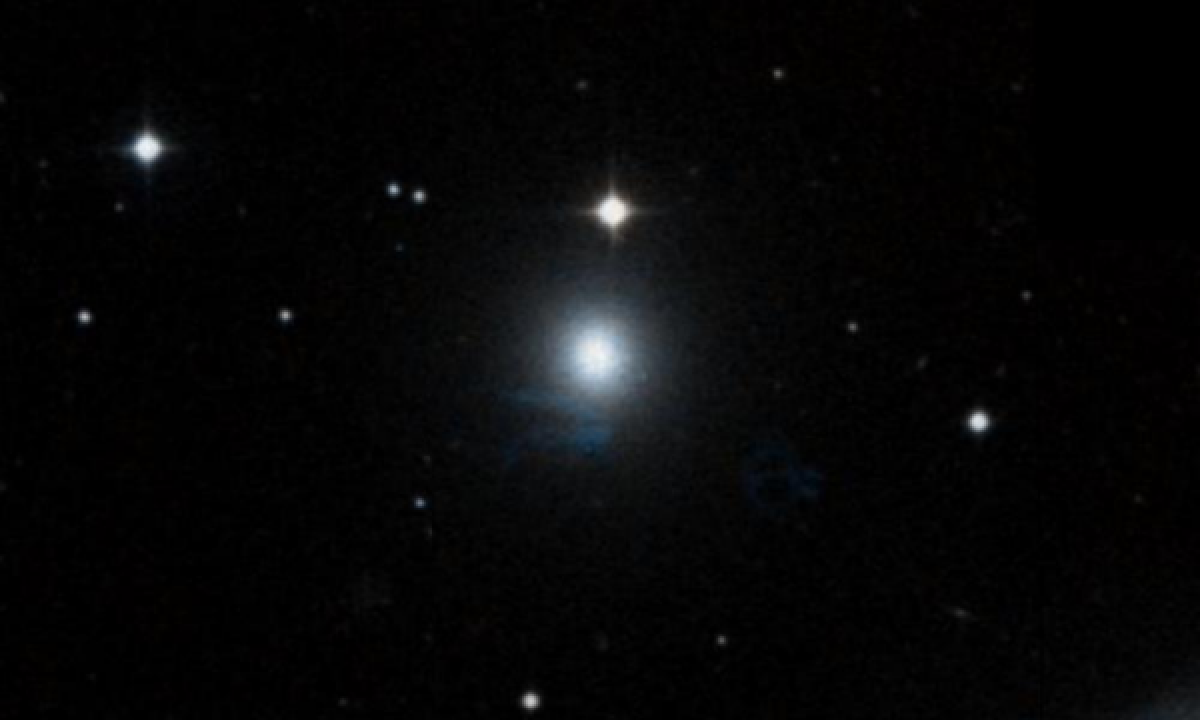The New General Catalogue of Nebulae and Clusters of Stars (abbreviated as NGC) is a catalogue of deep-sky objects compiled by John Louis Emil Dreyer in 1888. The NGC contains 7,840 objects, known as the NGC objects. It is one of the largest comprehensive catalogues, as it includes all types of deep space objects, including galaxies, star clusters, emission nebulae and absorption nebulae.
Know more about NGC
NGC 3193

NGC 3193 is an elliptical galaxy in the constellation Leo. The galaxy lies about 90 million light years away from Earth, which means, given its apparent dimensions, that NGC 3193 is approximately 80,000 light years across. It was discovered by William Herschel on March 12, 1784. NGC 3193 lies at the north-east edge of the galaxy compact group HCG 44, which also includes the spiral galaxies NGC 3185, NGC 3187 and NGC 3190. HCG 44 is considered to be part of a larger galaxy group known as LGG 194, which also includes the galaxies NGC 3162, NGC 3177, NGC 3213, NGC 3226, NGC 3227, NGC 3287, and NGC 3301. It is a member of the Leo II Groups, part of the Virgo Supercluster. NGC 3193 has similar radial velocity with NGC 3187 and NGC 3190, however redshift independent distances put NGC 3193 at a greater distance than the rest of the group, although these measurements have large error margins. A long tail of hydrogen has been found north of NGC 3193 and two smaller hydrogen clouds lie southeast of the galaxy. A dwarf spheroidal galaxy has been detected in the halo of NGC 3193.
More Images:

Sources:
Wikipedia Page: NGC 3193
NGC 3193 at In-The-Sky website
